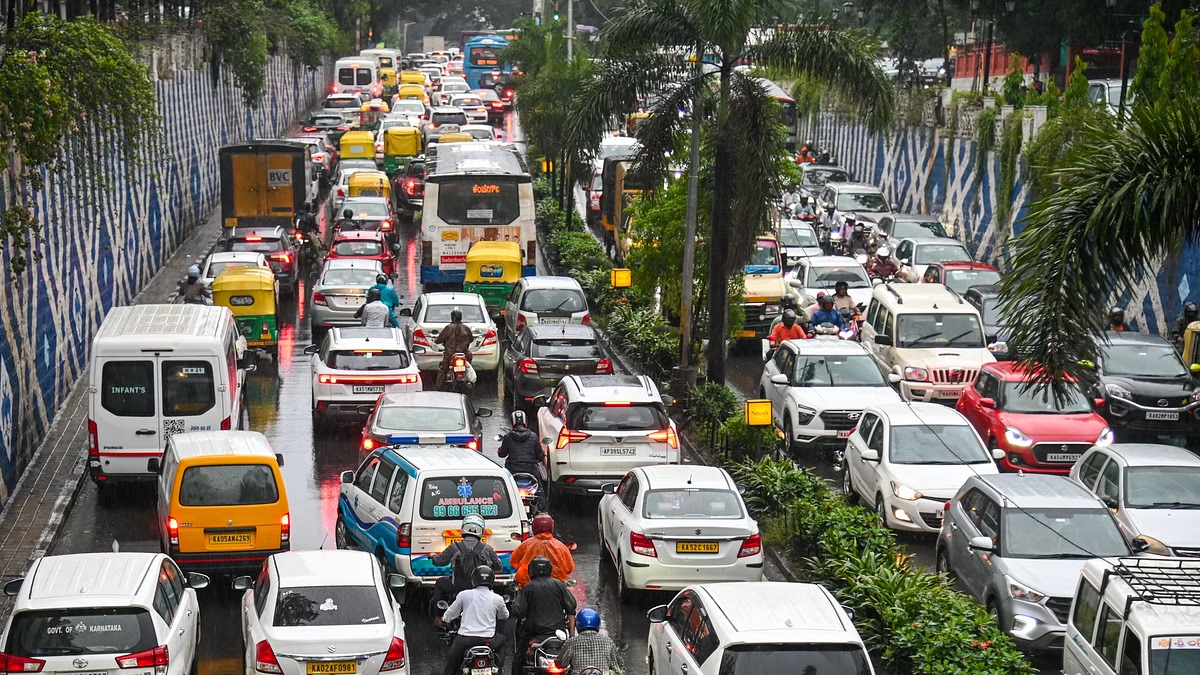Coorg, Karnataka’s famed hill station, experienced severe traffic congestion during the recent long weekend as a surge of tourists swarmed the popular destination, causing hours-long delays on highways. The vehicular gridlock left visitors frustrated, with some describing the experience as akin to Bengaluru’s notorious traffic woes. Many expressed concerns on social media, suggesting measures such as infrastructure improvements and even advocating for an Inner Line Permit (ILP) to regulate visitor inflow. The influx, mainly from Bengaluru and nearby urban centres, underscored Coorg’s growing popularity, but also highlighted challenges related to unregulated tourism.
Social media platforms like X were flooded with posts from travellers, frustrated at the bumper-to-bumper traffic extending from Coorg to Mysuru, with some describing the delays as “endless.” Calls to implement an ILP system in Coorg, similar to permits used in other sensitive ecological zones, were among the suggestions made by users concerned about environmental and logistical impacts of excessive tourism. Comparisons to last year’s numbers revealed a significant spike in tourist inflow, further underscoring the immediate need for infrastructure enhancements to accommodate seasonal visitor surges.
Local residents and tourists alike voiced the need for infrastructural development to manage peak tourism periods effectively. Some users highlighted the lack of sufficient roadways and accommodation facilities, calling on the government to invest in sustainable tourism infrastructure rather than implement restrictive measures. “Meet the demand rather than restrict it,” one user commented, emphasising the potential economic benefits of a thriving tourism sector if infrastructure is scaled appropriately. Suggestions included highway expansion and better-equipped facilities to handle large tourist numbers without impacting local quality of life.
From a sustainability perspective, the Karnataka Tourism Department has considered limiting visitor numbers to mitigate ecological stress on Coorg’s delicate Western Ghats ecosystem. The rising tourist numbers have sparked concerns about the degradation of natural resources, especially with unplanned development and inadequate waste management contributing to environmental strain. Yet, as Coorg continues to gain traction among urban visitors seeking weekend getaways, balancing tourism growth with ecological preservation and robust infrastructure investment remains critical. Implementing forward-looking policies that consider both environmental and civic infrastructure demands may offer Coorg a path toward sustainable tourism that benefits both residents and visitors alike.




